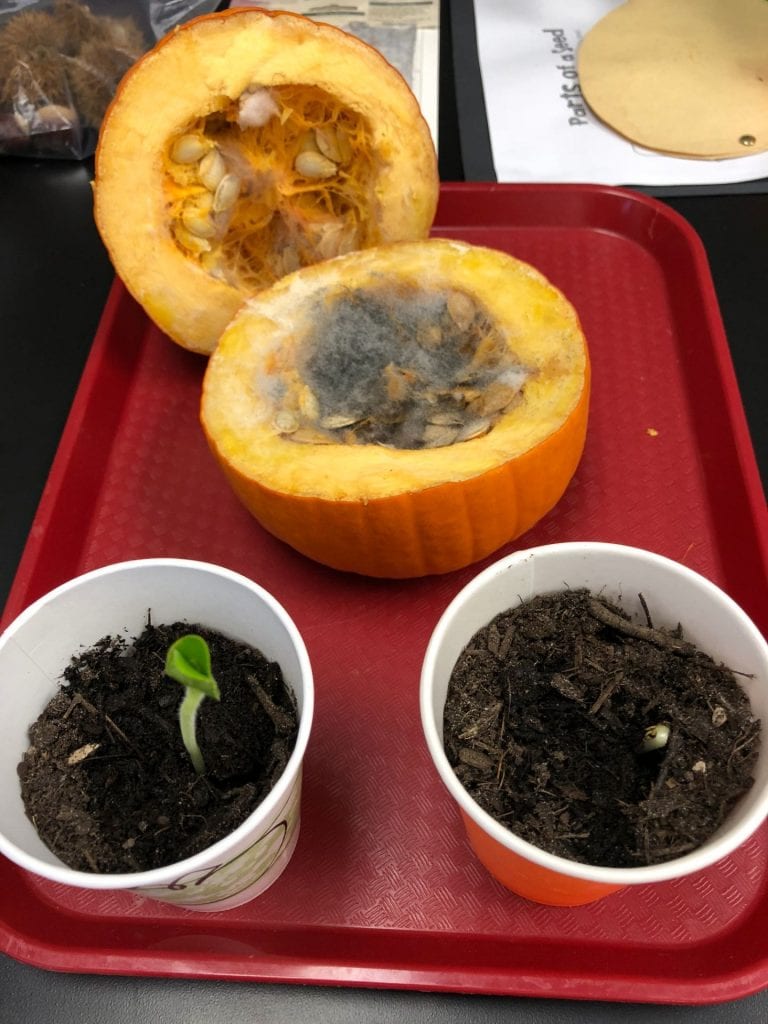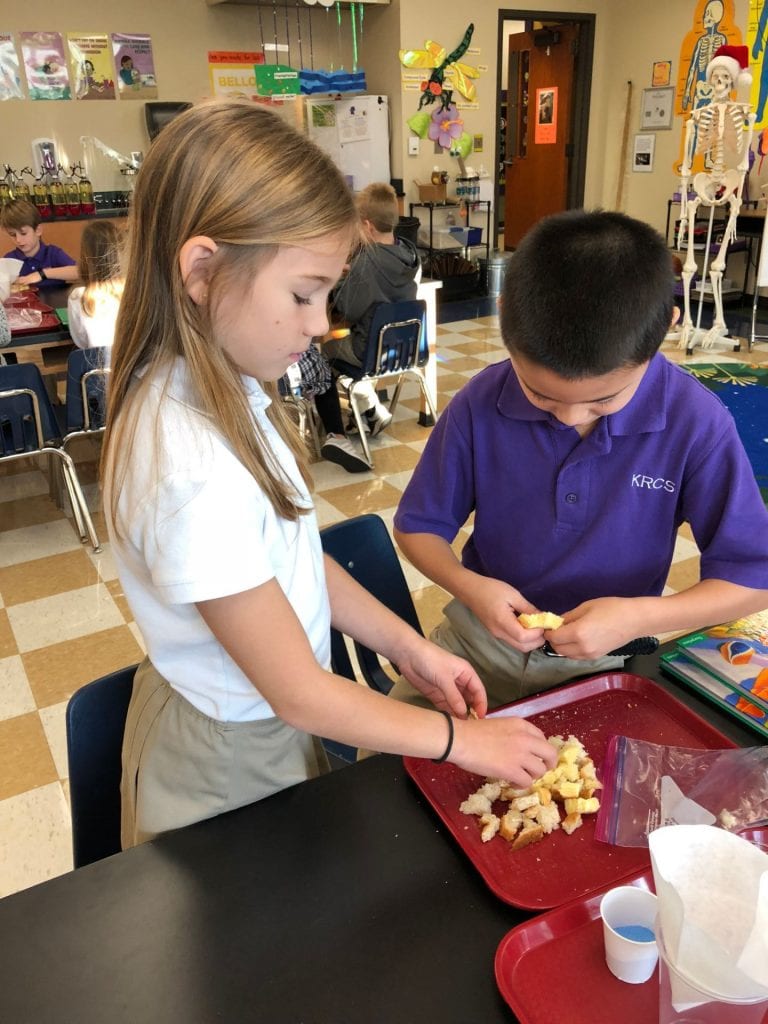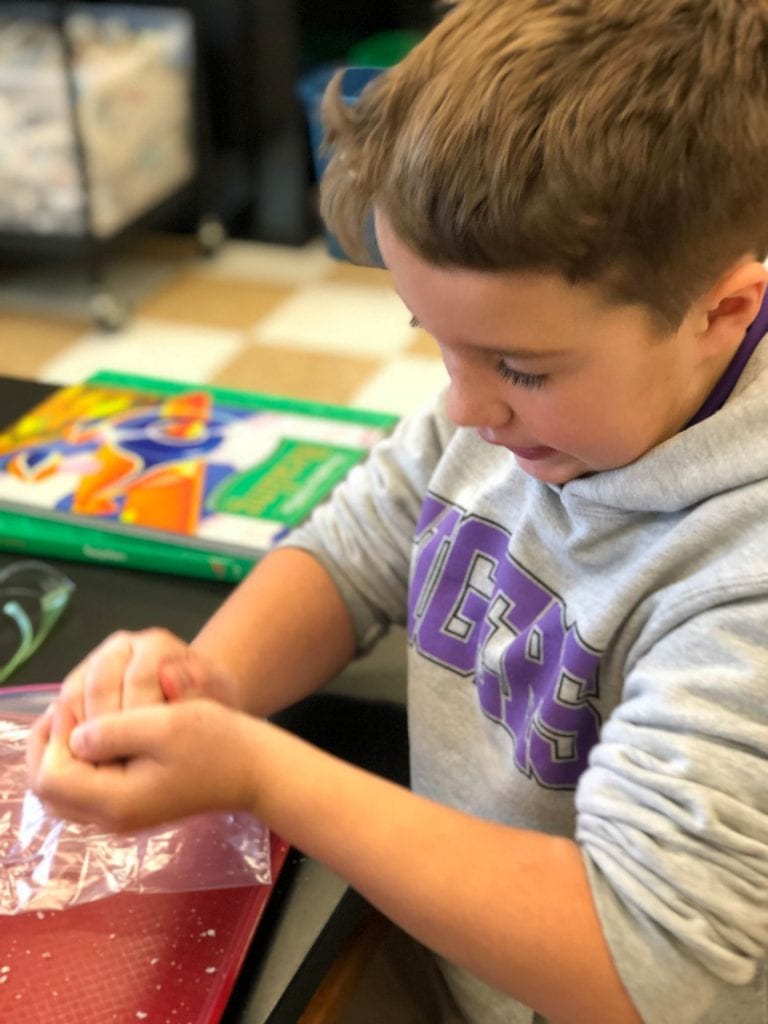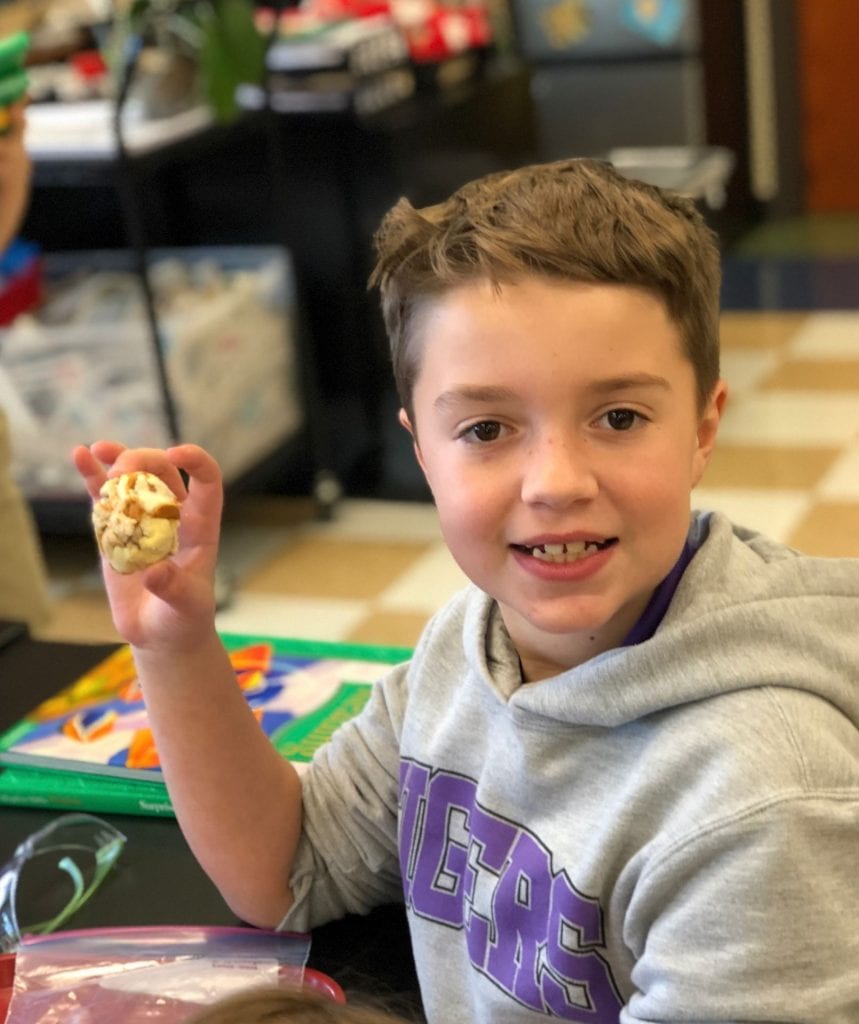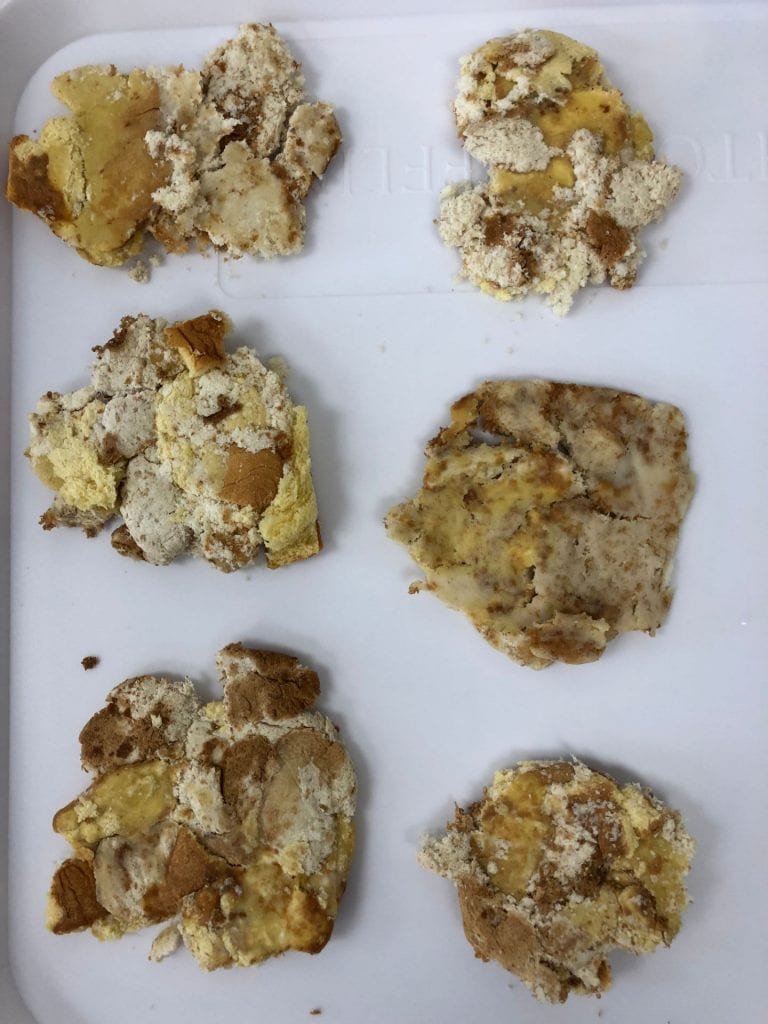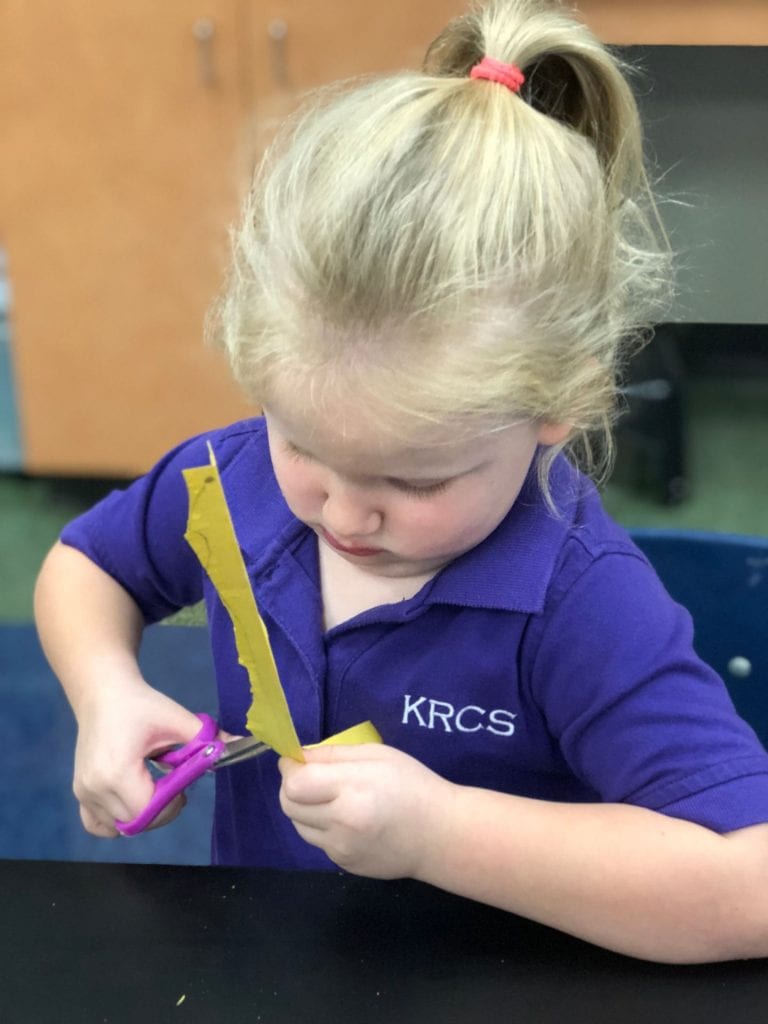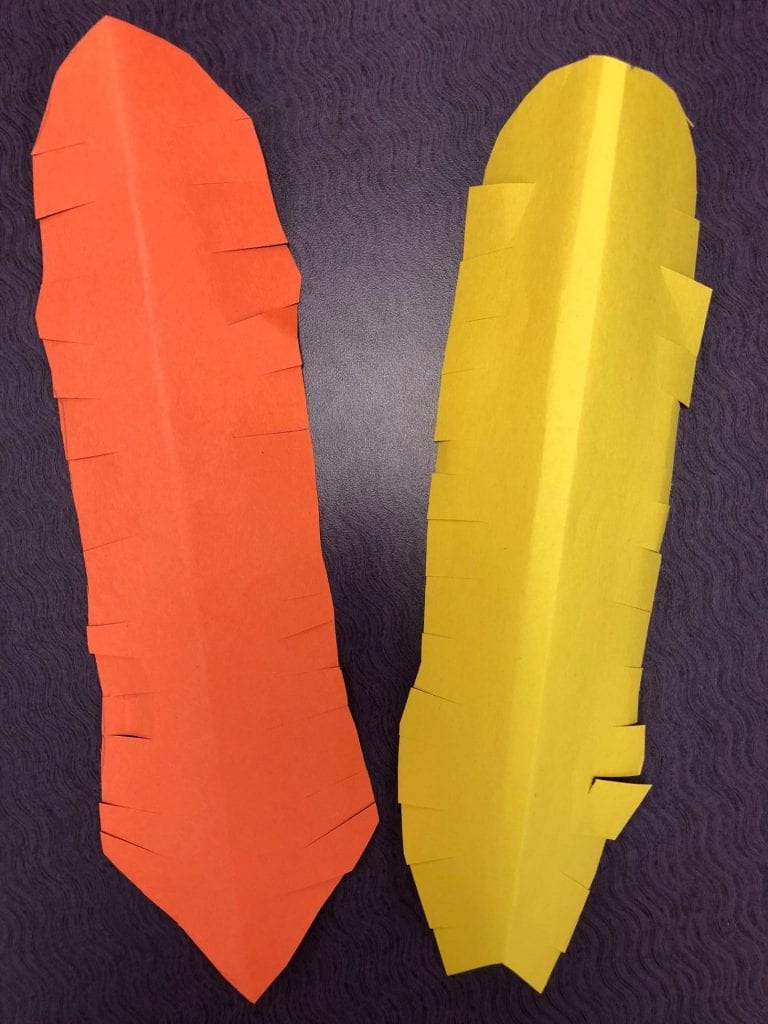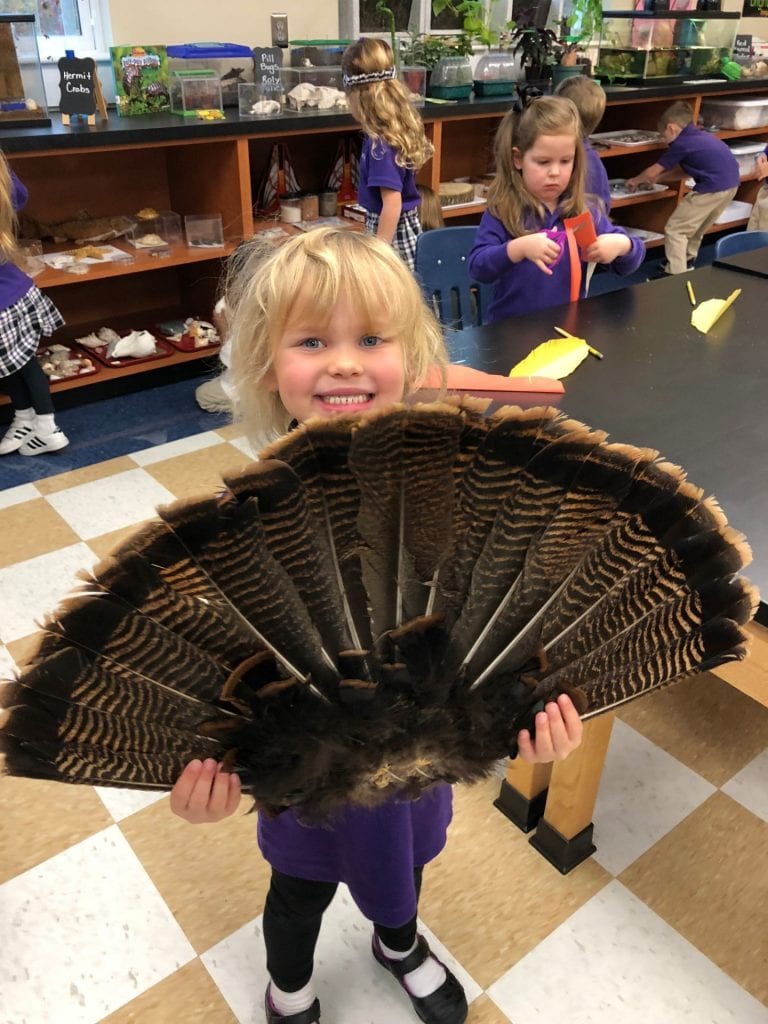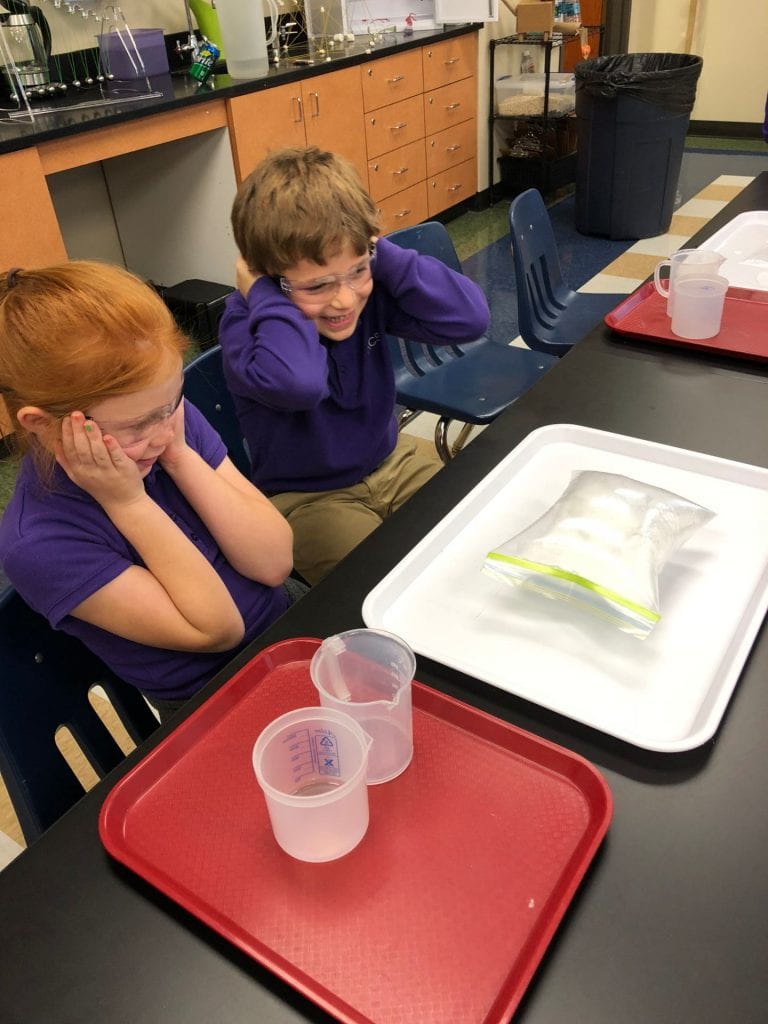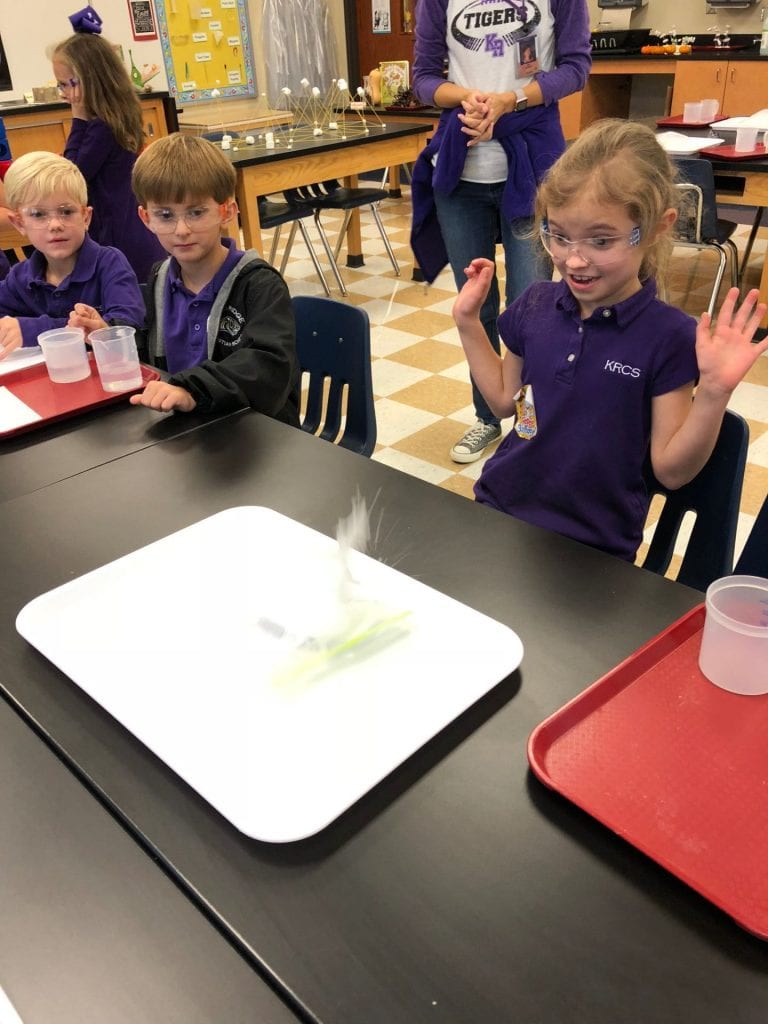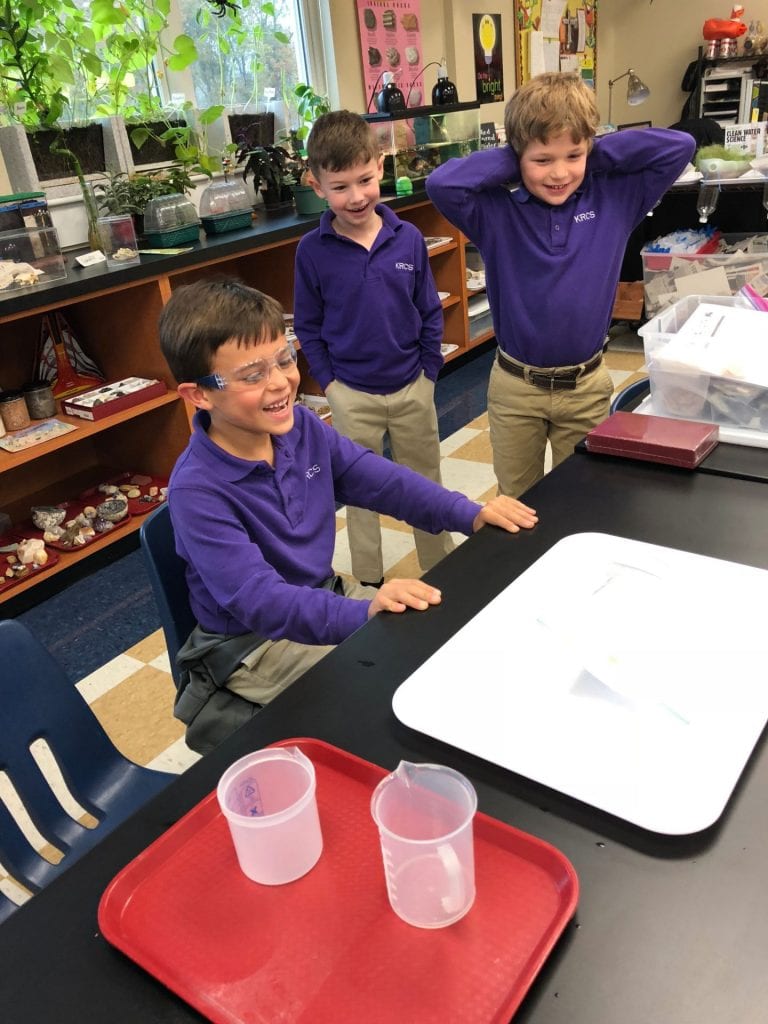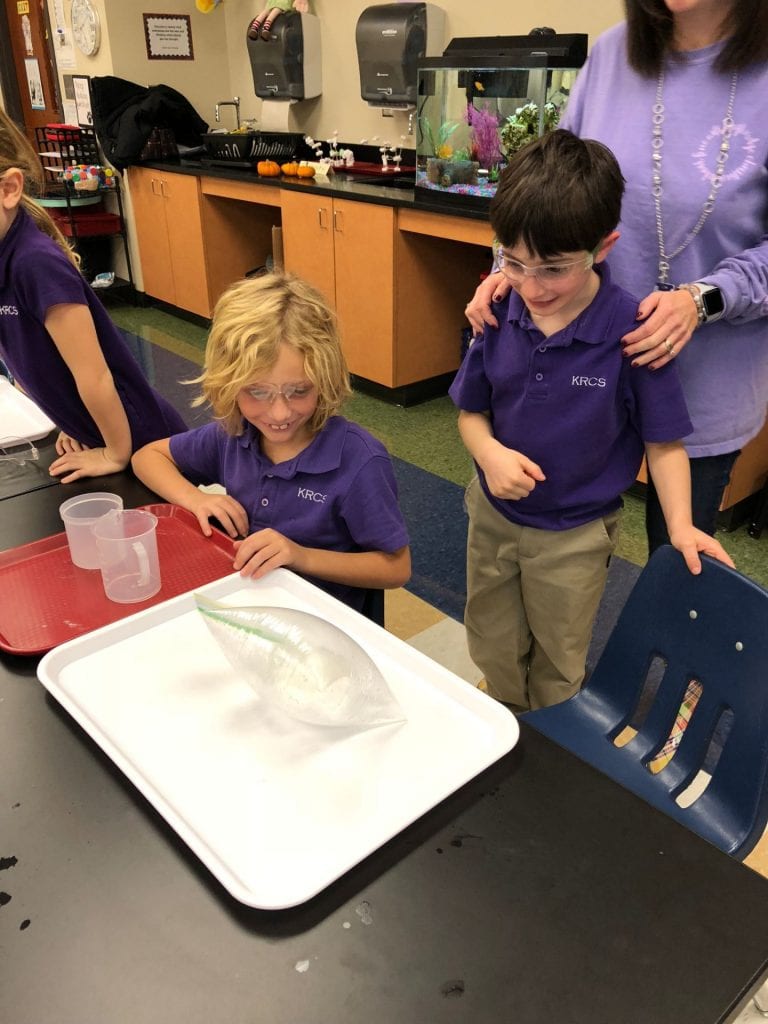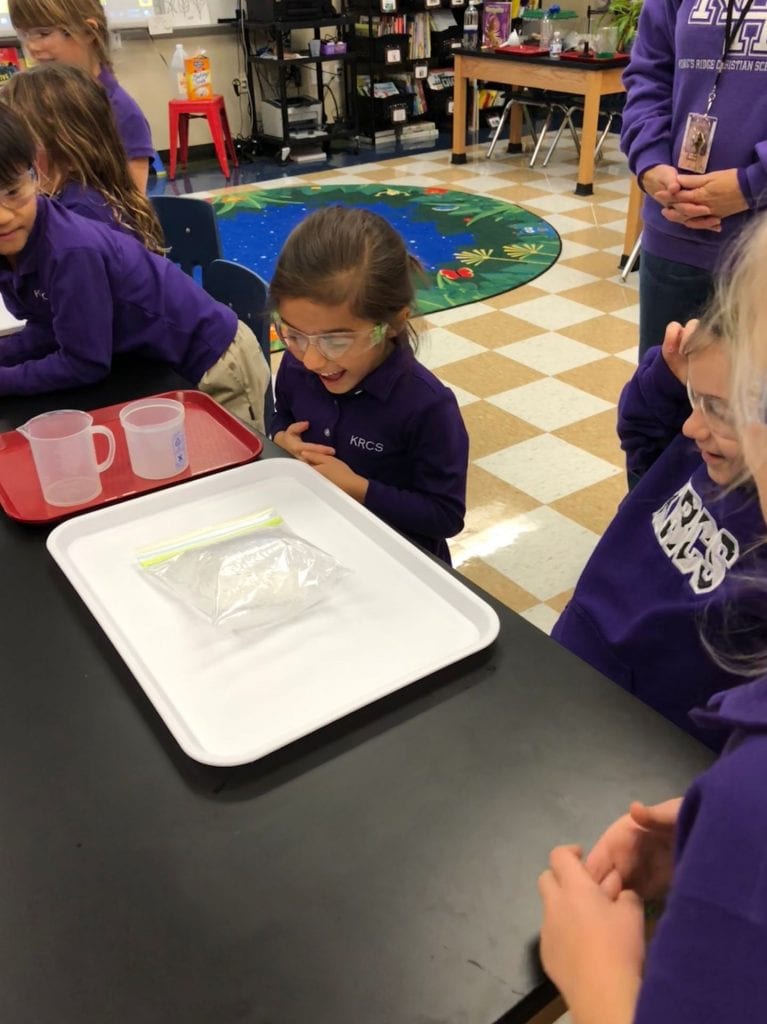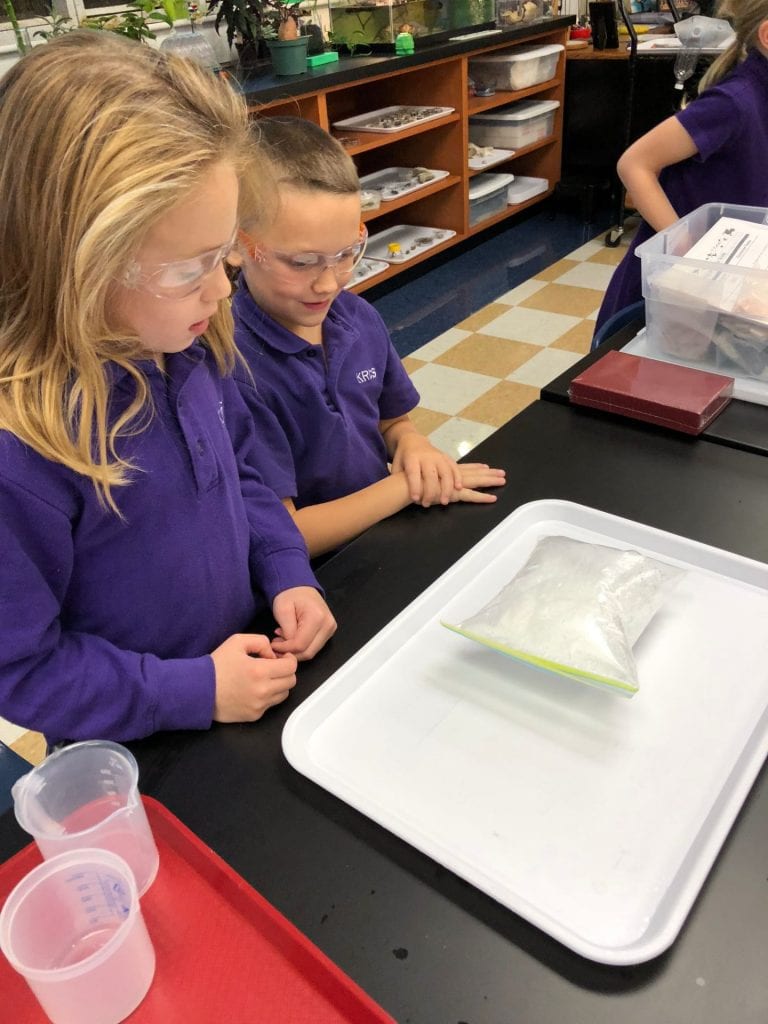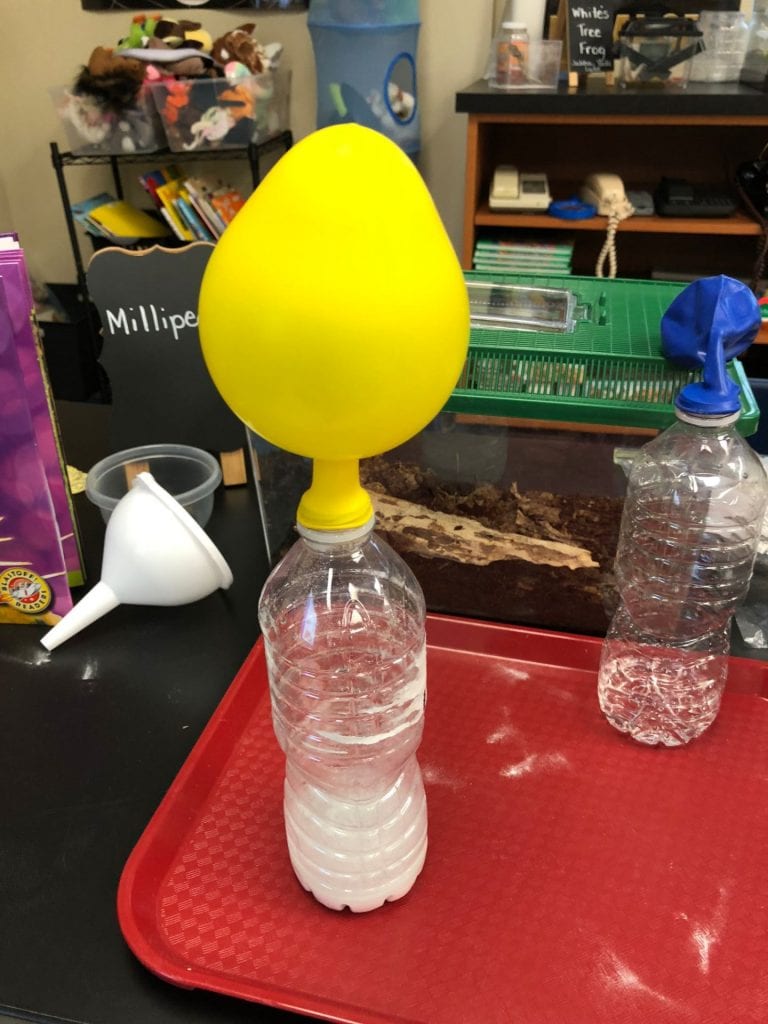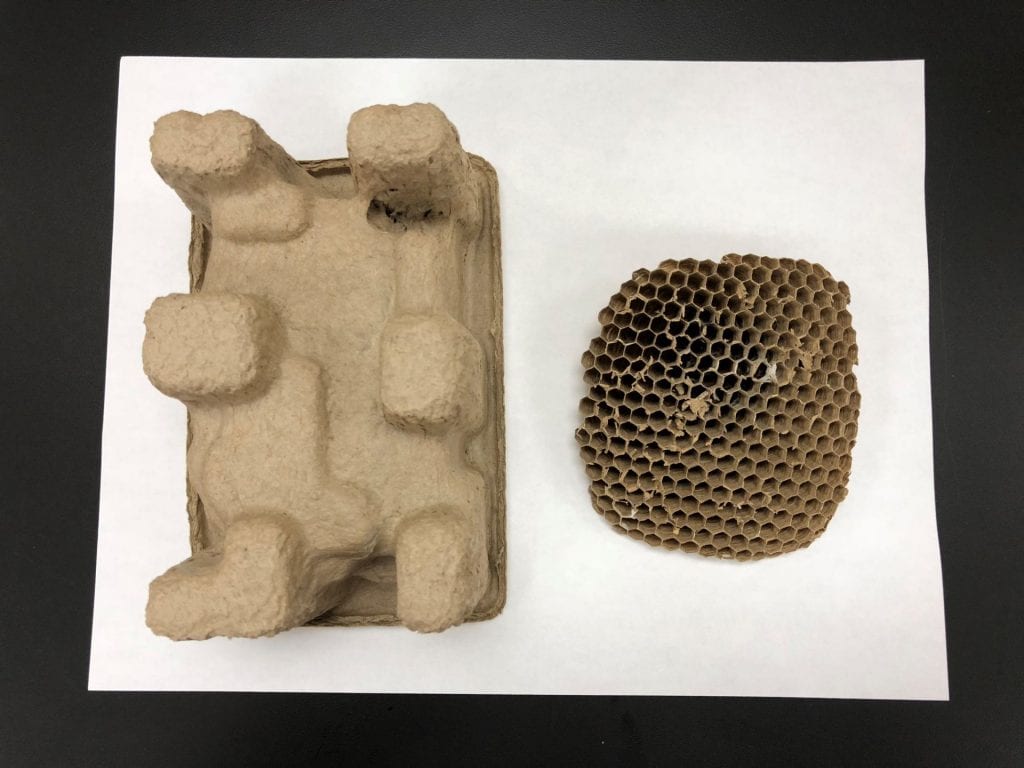Constructing boats during our sink and float unit is always a favorite lab! This year, I began lab by reading The Three Billy Goats Gruff. I asked if there were other ways the goats could cross the river to stay away from the troll? After one of the kindergarten students suggested a boat, I explained that they were going to be engineers and build a boat for the goats.
I introduced the Engineering Design Process- Ask, Imagine, Plan, Create, and Improve. We looked at the design of several plastic boats and discussed what would be important to remember when they built their boats. My scientists had the following materials from which to choose: aluminum foil, masking tape, Popsicle sticks, a rubber band, toothpicks, a cup, and straws. As they finished, we tested their boats and some engineers had time to improve their designs. I am always amazed at the variety of designs and the learning that occurs.
Click here to watch some fun videos about sink and float concepts from Sesame Street. I encouraged my little engineers to build boats at home and to test them in their bathtubs. Be sure to send me photos.
At the end of lab, we checked to see if there were any changes in the pumpkin that we had cut in half last week. At first, my scientists thought the pumpkin had grown fur! We moved it outside, so we can watch how it continues to decompose.
